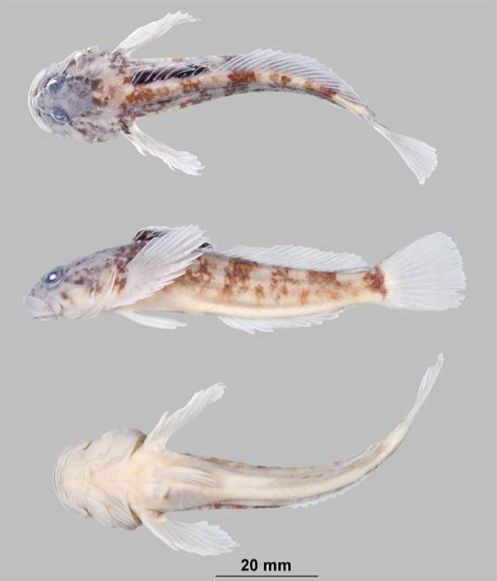New Species Of Freshwater Fish Found In Columbia River Basin, Cedar Sculpin An ‘Exciting’ Discovery

A new species of freshwater sculpin was found in the Columbia River basin of Idaho and Montana, according to the U.S. Forest Service. While their taxonomy is similar to that of other sculpin in the area, genetic analysis proved the sculpin was indeed a distinct species of fish.
Scientists from the U.S. Forest Service Rocky Mountain Research Station were studying sculpin in the mountain rivers of the northwestern U.S. when they came across a rare member of the sculpin family, a large-headed North American freshwater fish that thrives at the bottom of cold streams. Scientists say the discovery of the new species was certainly unexpected.
"Recognizing species of sculpins is a challenge because even distantly related species look very much alike. So rather than taking a morphological approach to identification, we used genetic methods to delineate the species," Michael Young, a Forest Service research fisheries biologist, said in a statement. "It's really exciting to find a new species of fish. It's something you might expect in more remote parts of the world, but not in the U.S."
The team named the new species of freshwater fish the Cedar Sculpin after consulting with tribal leaders of the Coeur d’Alene Tribe, whose historic homeland overlaps with the area researchers were working in. The fish’s scientific name, Cottus schitsuumsh, means “those who were found here,” according to researchers.
“It tells you how much we still don’t know about our environment and the interactions of its diverse components,” Don Johnson, professor emeritus in fishery biology at Idaho State University, told Reuters.
As noted in a published paper describing the new fish species, researchers observed 324 individual sculpin from 69 locations in northern Idaho, western Montana and eastern Washington. Scientists took tissue samples from the fish and extracted their DNA
“Genetic evidence supports recognition of a sculpin from tributaries of the Spokane River basin in Idaho, as well as in the middle Clark Fork River basin in Montana, as a distinct taxon,” researchers noted in their paper.
One notable difference between the cedar sculpin and other North American sculpin is the spiny fractures on its head, which it uses to protect itself from predators. The fish can grow up to 6 inches in length, but are typically smaller. The sculpin eats aquatic insects and are food for larger fish like cutthroat trout.
© Copyright IBTimes 2024. All rights reserved.






















